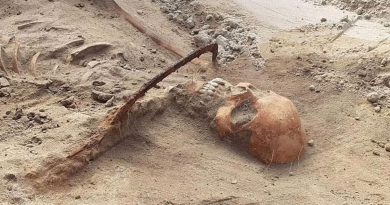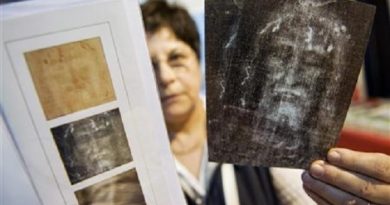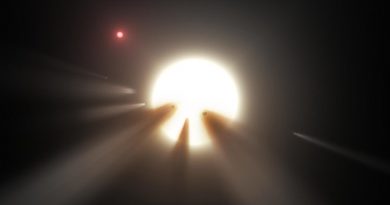James Cameron finds ‘evidence of Atlantis’ – Unexplained Mysteries
The famed movie director has linked the discovery of bronze age anchors to the legend of Atlantis. Famously documented by the Greek philosopher Plato, Atlantis was said to be a continent situated in the middle of the Atlantic that was inhabited by a highly advanced and prosperous civilization.
According to legend, the Atlanteans ultimately fell out of favor with the gods and the entire island was submerged beneath the waves. Real-world theories suggest that if Atlantis did exist, it may have been sunk by a tsunami, a sustained period of volcanism or some other ancient disaster.
Whether or not Atlantis was a real place however has long remained a matter of heated debate.
One prominent figure who has long been intrigued by the mystery is filmmaker James Cameron who has been investigating the legend as part of a new TV documentary entitled ‘Atlantis Rising’.
During the program, the investigation team made a particularly intriguing discovery in the form of six anchors dating back over 4,000 years. Found just outside the entrance to the Mediterranean, the anchors have been tentatively linked to the existence of Atlantis.



